As the demand for aesthetic dental solutions grows globally, teeth whitening continues to be one of the most sought-after cosmetic procedures. For oral care brands and product developers, understanding not only the whitening agents but also the full care cycle — including teeth whitening precare and teeth whitening aftercare — is essential for product positioning, consumer education, and R&D planning.
This blog outlines the best teeth whitening practices, helping brand owners create comprehensive oral care solutions that extend beyond the whitening gel or device itself. Whether you’re launching a new whitening line or seeking a reliable oral care manufacturer, knowledge of pre- and post-whitening dental care can enhance your brand’s credibility and customer satisfaction.
Before any whitening treatment, a proper precare routine ensures better results and reduced sensitivity. Here are the core elements of how to prepare for teeth whitening:
Professional dental cleaning: Encourage users to get a dental cleaning to remove surface stains and tartar before whitening.
Desensitizing prep: Recommend the use of toothpaste with potassium nitrate or fluoride 1–2 weeks prior to reduce post-treatment sensitivity.
Avoid staining foods: Cut down on coffee, tea, red wine, and tobacco before treatment for at least 48 hours.
Hydration and enamel care: Staying hydrated and avoiding acidic foods help maintain enamel strength before application.
Including teeth whitening precare tips in your product packaging or user manual elevates your product as a professional-grade solution.
To align with professional standards, your product line should promote best teeth whitening practices, including:
Accurate dosage and application time: Overuse or incorrect application leads to tooth sensitivity or gum irritation.
Shade tracking tools: Providing a shade guide helps users monitor progress and avoid over-whitening.
Use of trays or LED accelerators: Clear instructions and safety standards around these devices minimize risk.
Brand owners should seek manufacturers who can provide not only the active whitening formula, but also complementary accessories and packaging that support usage safety and compliance.
Once treatment is complete, proper teeth whitening aftercare is critical to sustaining results. Key recommendations include:
Post-treatment dietary caution: Avoid dark-colored beverages and staining foods for 24–72 hours.
Enamel recovery: Suggest remineralizing gels or fluoride toothpaste to help enamel recover.
Ongoing oral hygiene: Daily brushing with non-abrasive whitening toothpaste and flossing are vital.
Post-whitening dental care visits: Encourage follow-up visits with dental professionals for assessment.
Effective post-whitening dental care helps consumers maintain results longer and minimizes issues like rebound staining or sensitivity.
Including clear precare and aftercare instructions on product packaging not only improves customer satisfaction but positions your brand as an expert in dental wellness. Consider:
Adding QR codes linking to tutorial videos.
Providing a printed selection guide for product strength (mild, professional, sensitive teeth).
Offering full teeth whitening kits with both precare (e.g., desensitizing gel) and aftercare items (e.g., remineralizing gel or mouthwash).
This user-focused strategy not only differentiates your product in a competitive market but builds long-term loyalty.
For oral care brands, it’s no longer enough to provide only the whitening agent. Developing products around the entire whitening journey — including teeth whitening precare, treatment application, and teeth whitening aftercare — will appeal to educated consumers and dental professionals alike.
If you’re a brand looking to launch or enhance a whitening line, partner with a manufacturer who understands how to prepare for teeth whitening and can deliver complete solutions with built-in post-whitening dental care support. Comprehensive product offerings built around best teeth whitening practices are no longer optional — they’re the future of brand competitiveness in the global oral care market.
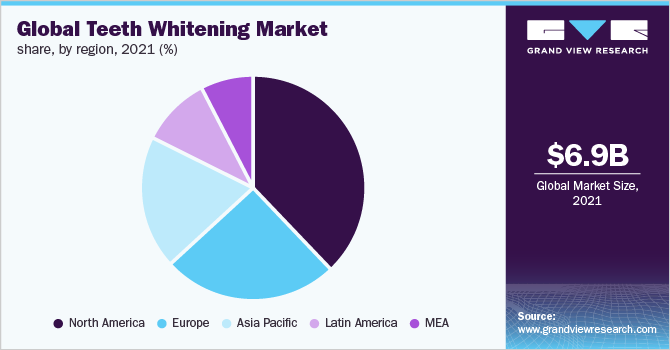
Analysis of Differences in Preferences for Teeth Whitening Devices in the European and American Markets vs. Asian Markets
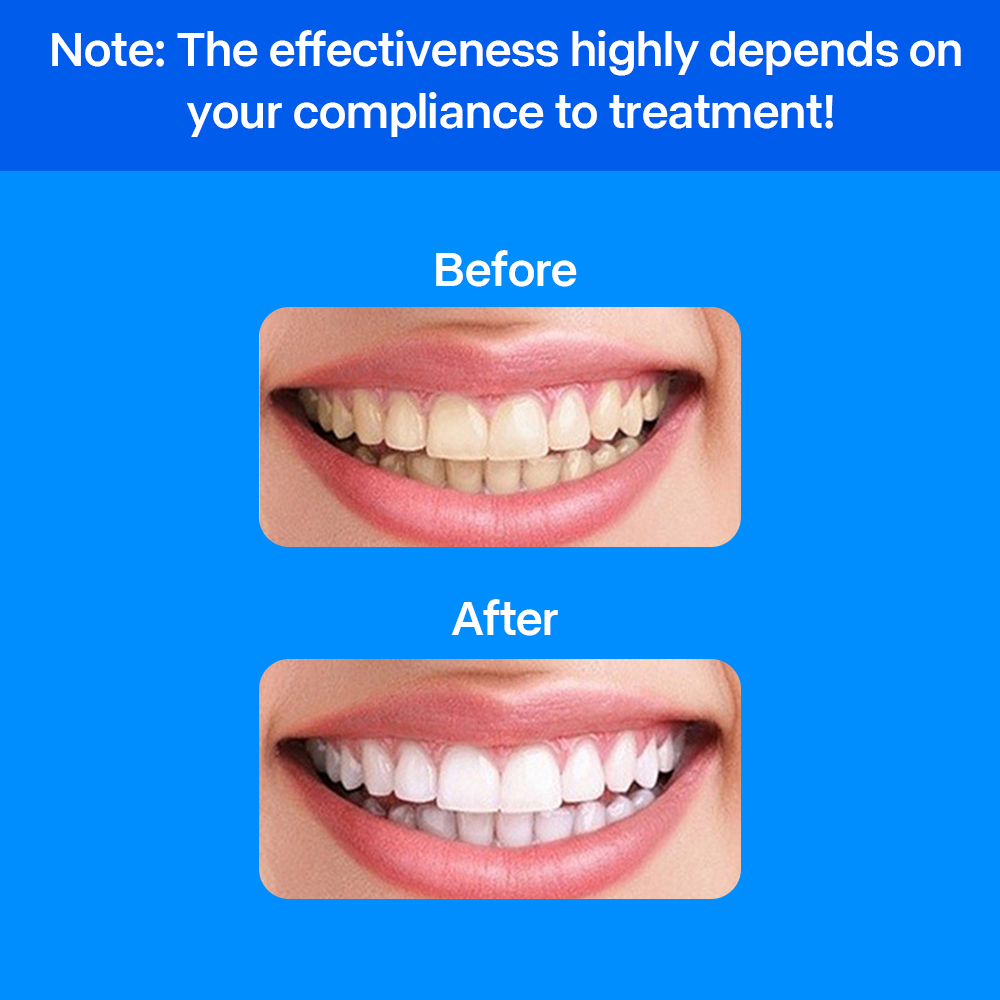
Introduction of 5 Important Teeth Whitening Products in Oral Care and Their Pros and Cons
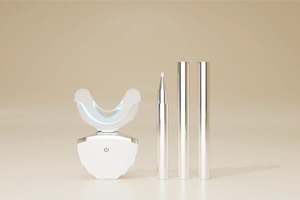
Frequency and Tips for Using Your At-Home Mouthpiece Recommended by Your Dentist

Guide to Winning in Teeth Whitening business

What’s the Difference Between Expensive and Cheap Teeth Whitening light?

How Does a Polishing Brush Head Enable Enamel-Safe Whitening?

At-Home Teeth Whitening Trends: Fact or Fiction?
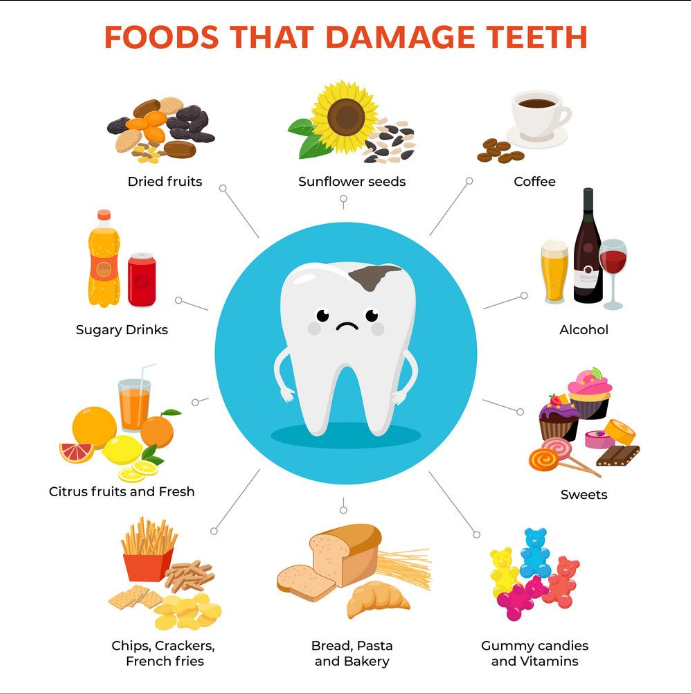
The Healthy Oral Care Routine Suggested by Oral Care Products Factory

The Rise of Wireless Teeth Whitening Devices: Manufacturing Innovations
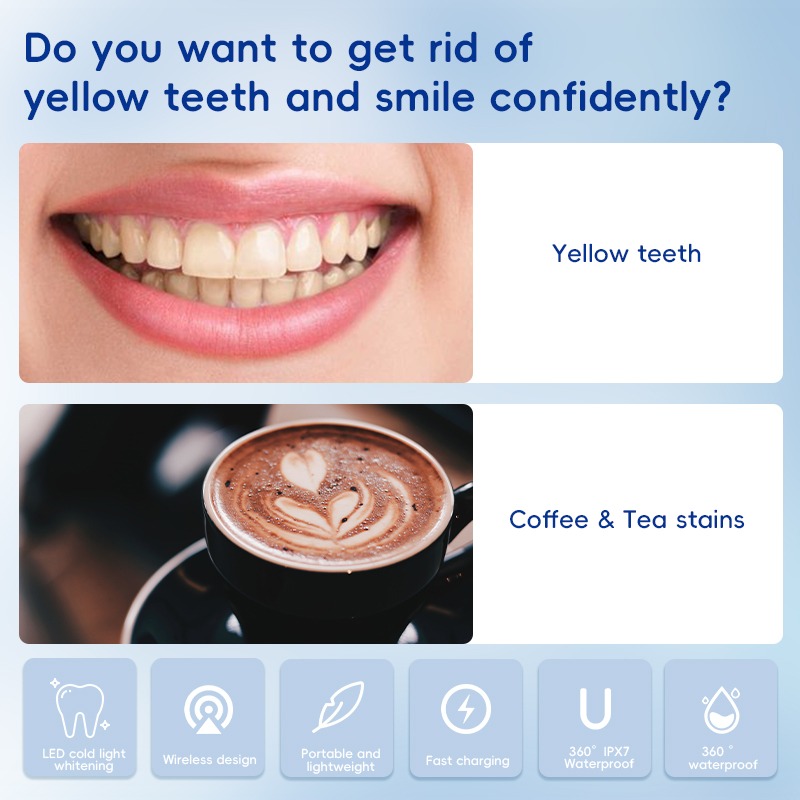
Popular At-Home Teeth Whitening Solutions

Can Blue Light Teeth Whitening Devices and Whitening Gels Be Used During Pregnancy?
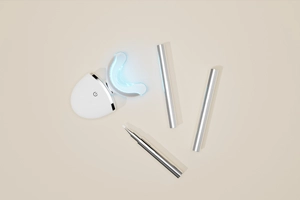
What’s Wrong with My Teeth Whitening Light Not Working?
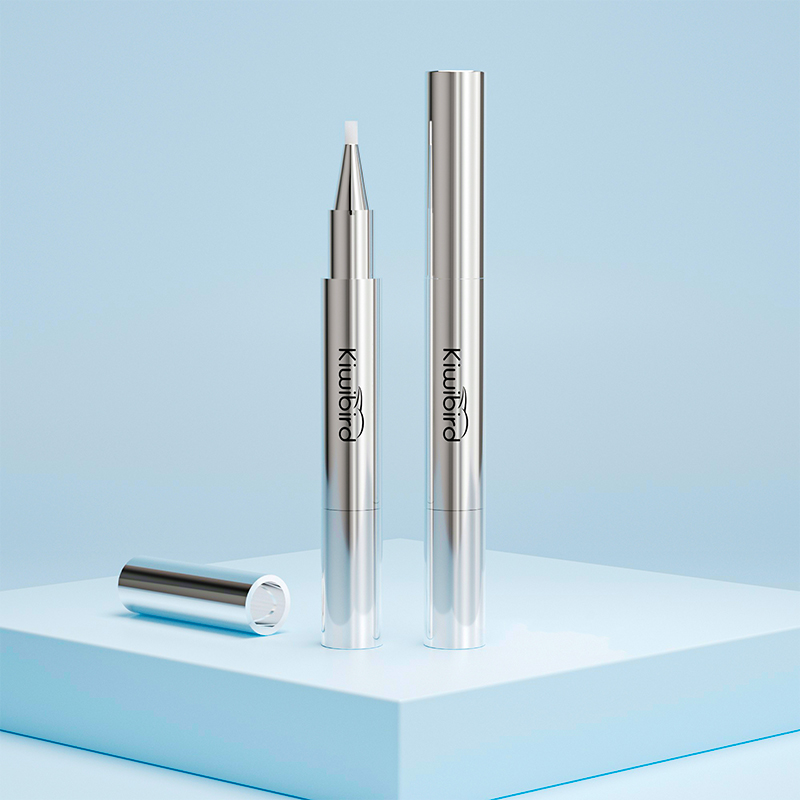
The Oral Beauty Revolution of Teeth Whitening Devices: From “Medical Equipment” to “Cosmetic Bag Item”
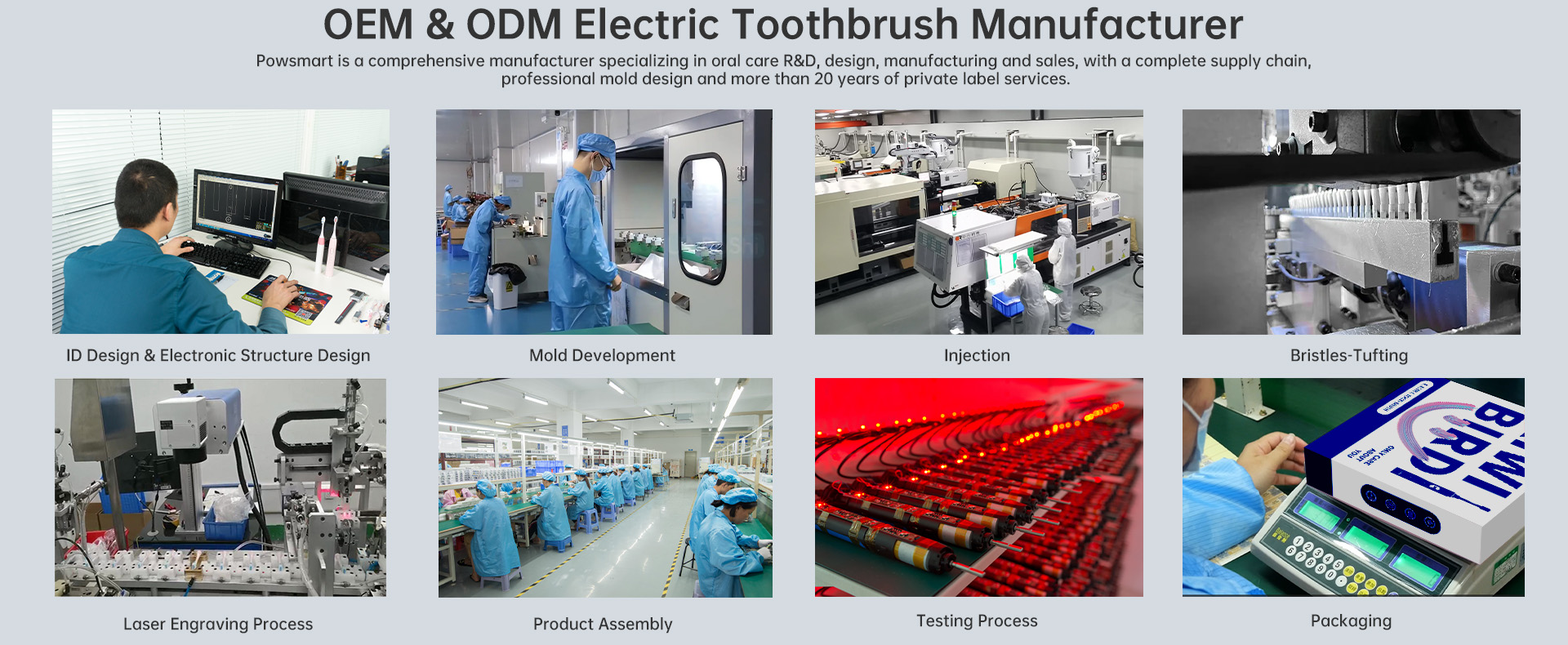
What Are the Other Promising oral care Products in the Oral Care Industry?
-3-scaled.png)
What Should Not Be Done During a Teeth Whitening Treatment?
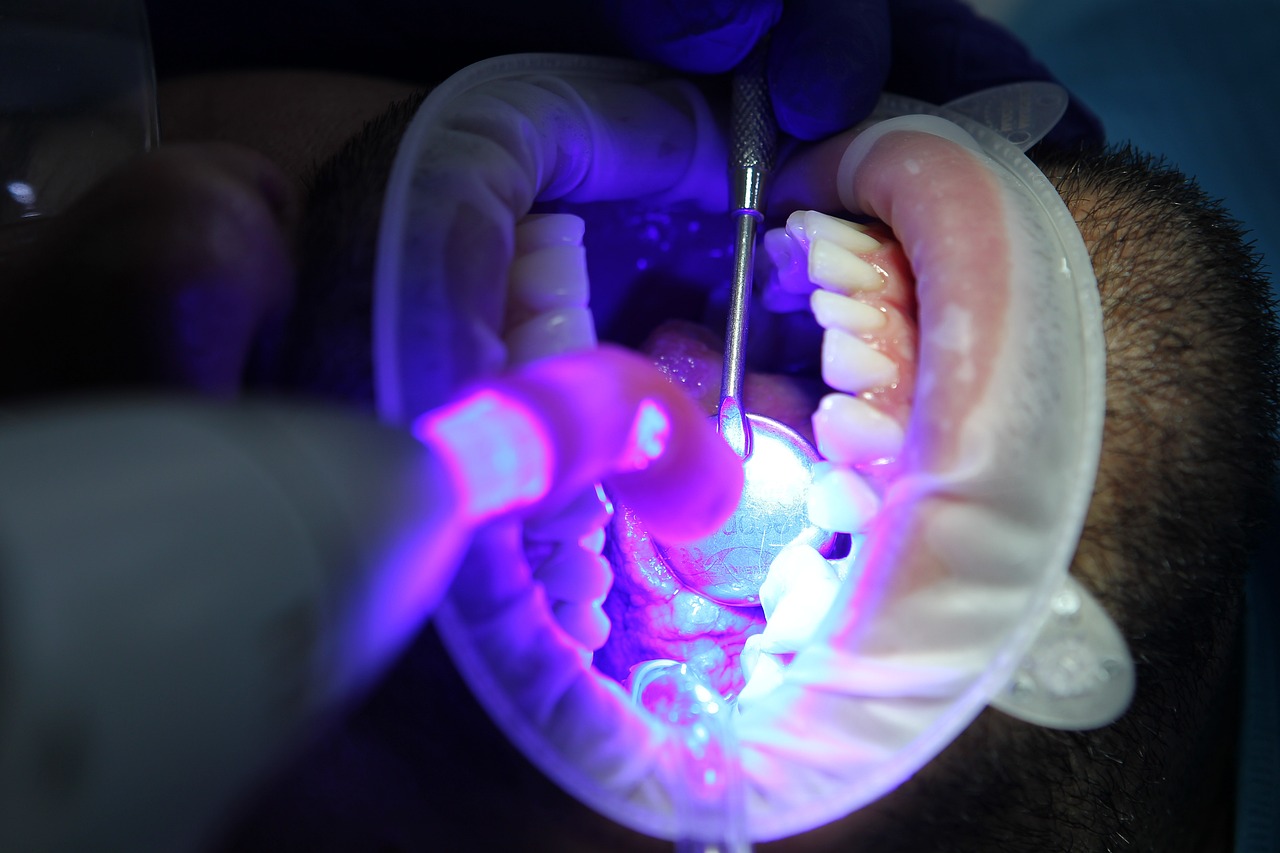
How long do at-home teeth whitening products last?

electric toothbrush heads Charcoal Infuse-Round
.jpg)
Florida Electric Toothbrush – Powsmart PTR-C8

Customization Teeth Whitening Gel

Private Label Whitening Gel

electric toothbrush heads Ultra Soft

electric toothbrush heads Regular Clean

Electric toothbrush heads Charcoal Infused-Diamond

electric toothbrush heads Deep Clean
whstapp
whstapp
National Toll-Free Service Hotline
+86 755 86238638